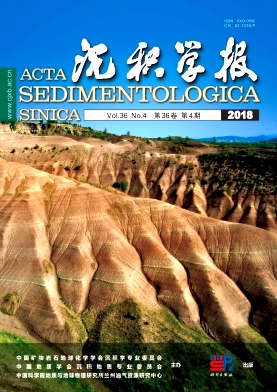Research Progress in Sedimentology of Microbial Carbonate Rocks: A review based on the 33rd International Sedimentological Congress
doi: 10.14027/j.issn.1000-0550.2018.134
- Received Date: 2018-01-05
- Rev Recd Date: 2018-05-05
- Publish Date: 2018-08-10
-
Key words:
- microbial carbonate /
- research frontiers /
- 33rd International Sedimentological Congress /
- modern microbial deposition
Abstract: The 33rd International Sedimentological Congress was held in Toulouse, France from 9th to 12th, October, 2017, continuously concerning on the topics of microbial carbonate rocks. Based on the summarizing outcome of the conference combined with related domestic and international literatures in recent years and also field investigations on modern microbial carbonate sediments, some research progress and hot spots were investigated and discussed for microbial carbonate sedimentology in this paper. The primarily concerned topics include the following four fields:1) Microbial mat mineralization products and sequences, of which the mineralized products include calcite (low Mg, high Mg, ultra high Mg), aragonite, carbonates containing iron, manganese and calcium, products of magnesium-silicon and pyrite. The mineralization sequences are diverse. 2) Elemental records of the microbial carbonate, in which carbon, oxygen, nitrogen, phosphorus, sulfur, iron, silicon and arsenic may retain the information about the microbial sedimentary carbonate and early diagenesis. 3) The structures mechanism and their significance for the microorganism carbonate rocks such as laminates and clots. 4) the sedimentary environments of microbial carbonates. It is considered that the stromatolite, clot rock and other microbial carbonate rocks are mostly developed in the tidal flat environment, especially the shallow subtidal zone and the upper layers of stromatolitic limestone and clotting rocks. According to the internationally developing characteristics of microbial carbonate sedimentology, the research trend in related fields in China is further discussed in this paper. It is necessary to strengthen the research on the current microbial carbonate sediments and the diagenesis of ancient microbial carbonate rocks.
| Citation: | YANG XiaoQun, LI Zhong. Research Progress in Sedimentology of Microbial Carbonate Rocks: A review based on the 33rd International Sedimentological Congress[J]. Acta Sedimentologica Sinica, 2018, 36(4): 639-650. doi: 10.14027/j.issn.1000-0550.2018.134 |






 DownLoad:
DownLoad: